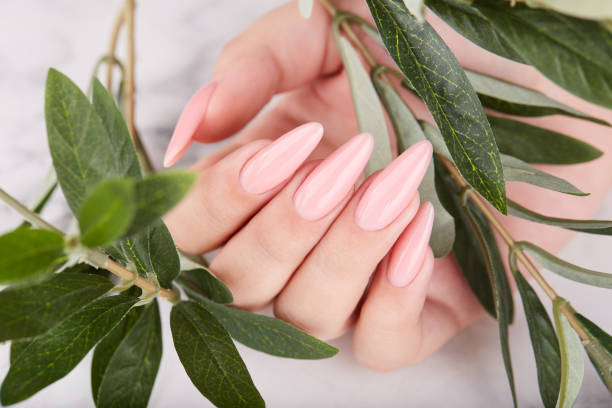Japan’s architectural scenery is actually a fabric decorated with a different variety of patterns, every highlighting a unique mixture of tradition, creativity, and usefulness. At the heart on this landscape lie the houses of Japan, featuring a rich tapestry of styles that captivate because of their aesthetics and purposeful style.
Conventional Japanese architecture, famous for its harmony with character and thorough quality, is exemplified in houses such as the “minka.” These traditional yet sophisticated properties typically function wooden frameworks, tatami mat floor coverings, and moving doors (fusuma and shoji) that seamlessly combine outdoor and indoor places. The focus on normal components as well as an open up format symbolizes an in-depth admiration for your atmosphere.
In comparison, modern day real estate in japan adapt to development without compromising on social substance. Contemporary designers typically blend minimal patterns with engineering improvements. Nice and clean lines, wide open places, along with an infusion of sunlight characterize many of these houses. “Machiya” townhouses, popular in cities like Kyoto, blend traditional elegance with contemporary amenities, displaying adaptability to changing lifestyles.
One of the more exciting areas of Japanese design is being able to conform to different scenery. In non-urban places, houses are created to stand up to normal factors for example hefty snowfall or seismic actions. As an example, “Gassho-zukuri” houses in Shirakawa-go and Gifu Prefecture attribute steep thatched roofing, built to shed snow efficiently while maintaining warmness inside.
Moreover, the idea of “wabi-sabi” permeates Japanese design philosophy, remembering imperfection and transience. This concept is often mirrored in houses with the use of weathered supplies that age gracefully, cultivating a sense of attractiveness in impermanence.
Japanese houses will not be merely constructions they embody a lifestyle deeply rooted in tradition and features. The incorporation of slipping doorways, engawa (verandas), and shoji display screens enables adaptable living spaces that transform together with the altering seasons and needs of occupants.
Checking out Japanese design is actually a trip through time and culture, in which ancient practices harmonize with contemporary innovations. The distinctiveness of those houses lies not only in their appearance but in their embodiment of Japan’s ethos—a smooth combination of previous and present, traditions and advancement, functionality, and aesthetic allure. They remain as testaments on the country’s rich history and long lasting creativity, appealing us to appreciate the beauty in efficiency and purposeful design.



